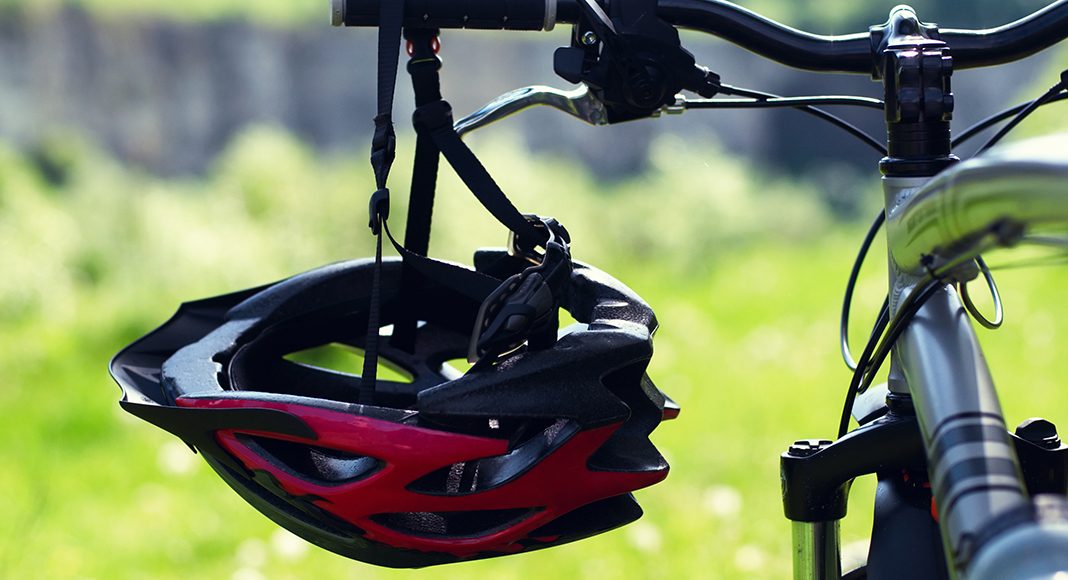Consumers looking for bicycle helmets that offer the best protection now have a new safety rating system to help them make an informed decision.
The system is based on collaborative research by Virginia Tech and the Insurance Institute for Highway Safety. So far, 30 popular adult-size helmets have been tested, with four earning the highest rating of five stars. Two of those tested only achieved two stars.
âOur goal with these ratings is to give cyclists an evidence-based tool for making informed decisions about how to reduce their risk of injury,â said Steve Rowson, Director of the Virginia Tech Helmet Lab and an Associate Professor of Biomedical Engineering and Mechanics. âWe also hope manufacturers will use the information to make improvements.â
Bicycle helmets in the U.S. are required by the Consumer Product Safety Commission to pass a series of tests in which helmets are struck against an anvil at a set speed. Helmets are required to prevent head impact accelerations over 300 g, a level associated with skull fracture or severe brain injury. There is no requirement for helmets to limit concussion-level forces, which are more common among bicyclists in crashes.
The bicycle helmet rating system developed by Rowson and his colleagues builds on their years of experience evaluating other types of sports head protection. The tests have been designed to reflect the circumstances of most real-world bicycle crashes, including head impacts at the helmet rim and collisions in which the head strikes the pavement at an angle during a crash.
Cost isnât a good predictor of performance, according to the researchers. A $200 model and a $75 model both achieved five stars.
A total of 835 bicyclists were killed in crashes with motor vehicles in 2016, the highest number of bicyclist deaths since 1991. More than half of those killed in 2016 werenât wearing helmets. Helmet use has been estimated to reduce the odds of a head injury by 50 percent.
View the Bicycle Helmet Ratings.



















